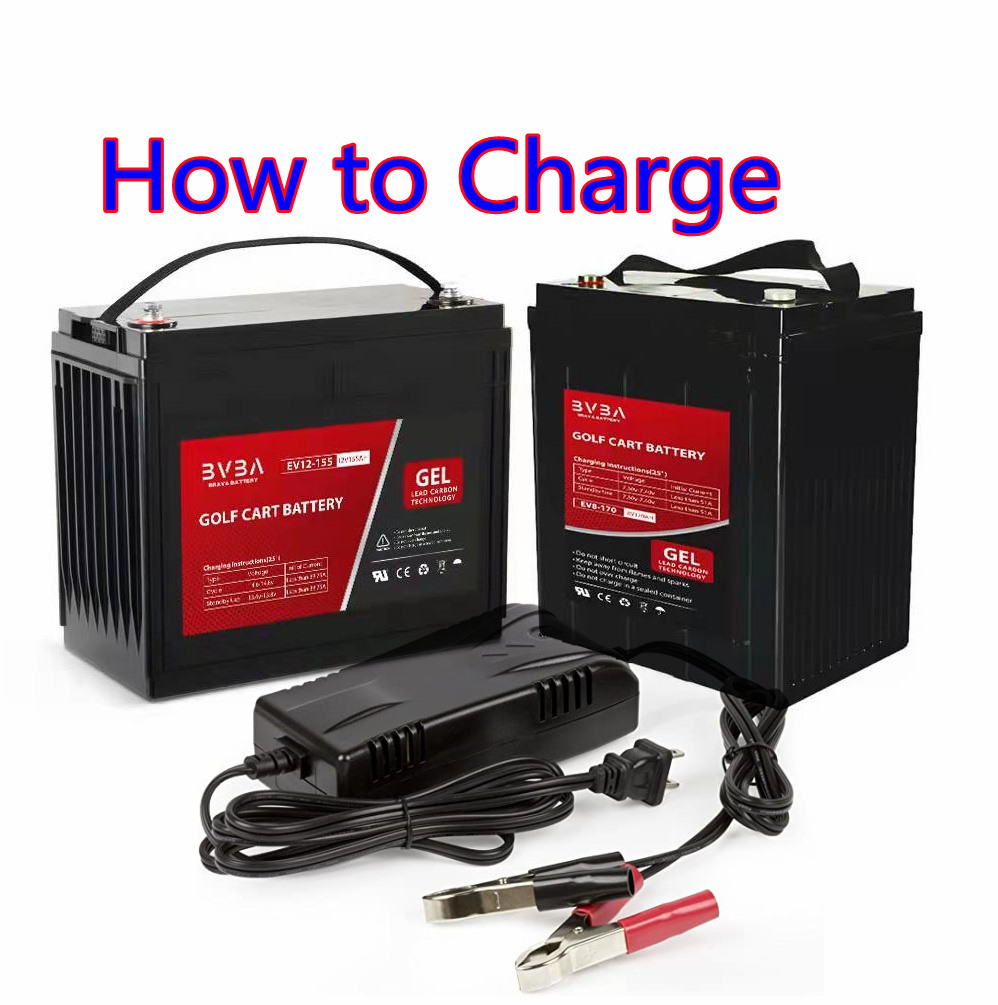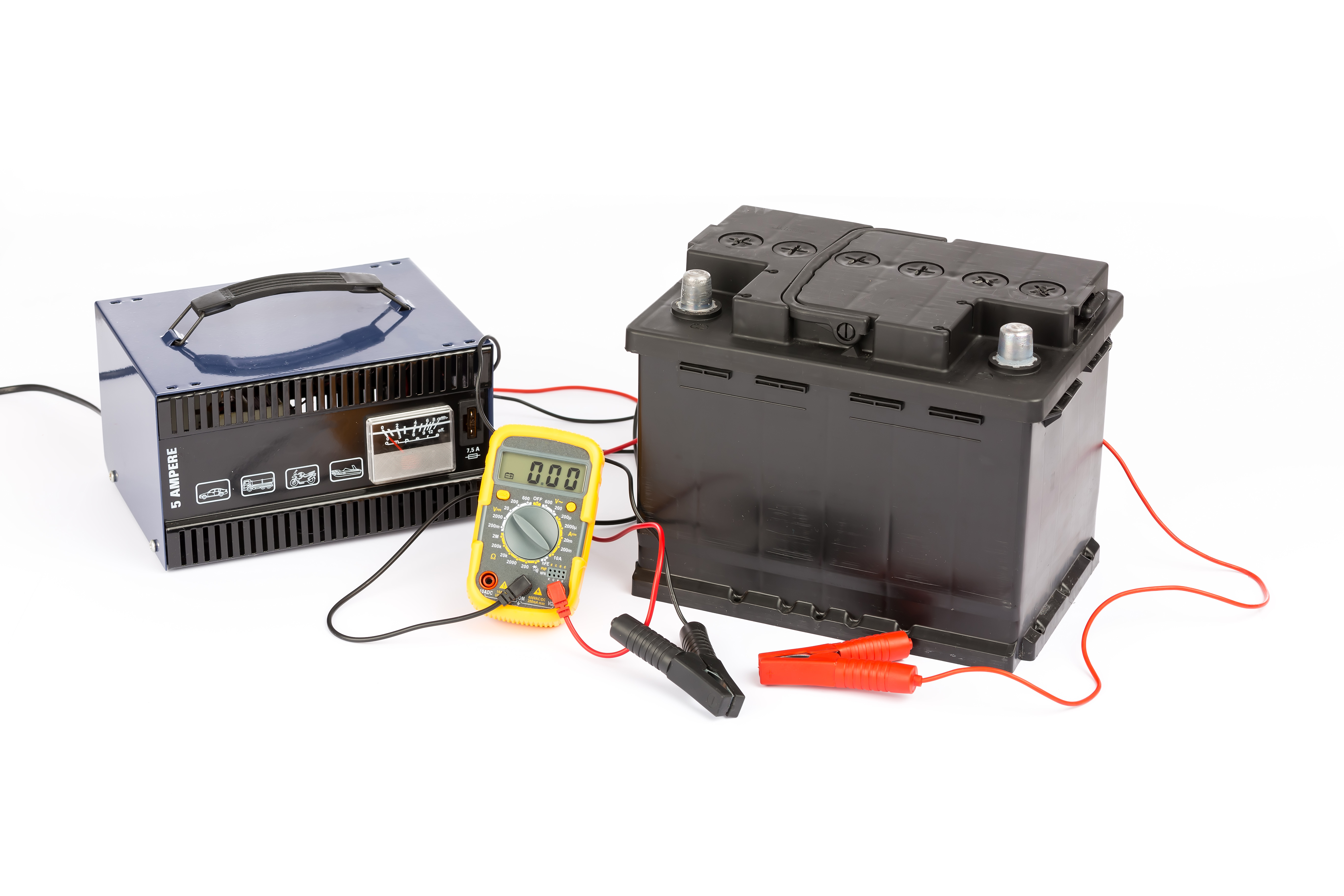To charge an AGM battery, use a compatible charger with the correct voltage and current settings. Follow manufacturer guidelines for optimal results.
AGM batteries require specific charging parameters to maintain performance and longevity. By understanding how to charge them properly, you can ensure efficient operation and extend their lifespan. This guide will cover the essential steps and tips for charging AGM batteries effectively, helping you get the most out of your battery investment.
Whether you are new to AGM batteries or looking to improve your charging process, this information will equip you with the knowledge needed to keep your batteries running smoothly. Let’s dive into the details of charging AGM batteries to maximize their performance and durability.

Credit: support.rollsbattery.com
Contents
What is an AGM Battery?
AGM batteries are a type of lead-acid battery that uses an absorbent glass mat to hold the electrolyte. This design provides several advantages, including:
- Maintenance-Free: No need to add water or check electrolyte levels.
- Spill-Proof: The sealed design prevents leaks, making them safer and more versatile.
- Longer Lifespan: AGM batteries typically last longer than traditional flooded lead-acid batteries.
- Better Performance: They provide higher starting power and are more resistant to vibration and extreme temperatures.
Why Do AGM Batteries Require Special Charging?
AGM batteries have specific charging requirements that differ from conventional lead-acid batteries. Improper charging can lead to reduced battery life, decreased performance, or even damage. The key reasons include:
- Voltage Sensitivity: AGM batteries are more sensitive to overcharging and undercharging, requiring precise voltage regulation.
- Charge Rate: They require a slower, controlled charge rate to prevent overheating and damage.
- Temperature: AGM batteries perform best and charge more efficiently within a specific temperature range.

Credit: www.bravabatteries.com
How to Charge AGM Battery
Follow the steps below to charge the battery –
Safety First:
- Wear safety gloves and glasses to protect yourself from any potential acid exposure or sparks.
- Ensure you’re working in a well-ventilated area away from open flames or sparks.
Check the Battery:
- Inspect the battery for any visible damage or leaks. If the battery is damaged, do not attempt to charge it.
- Clean the battery terminals using a terminal cleaner or wire brush to ensure a good connection.
Select the Right Charger:
- Use a charger specifically designed for AGM batteries. These chargers have settings for different battery types and can prevent overcharging.
- Ensure the charger has an adjustable voltage and current setting to match the battery’s requirements.
Set the Charger:
- Set the charger to the appropriate voltage for your AGM battery. Most AGM batteries require a charging voltage between 14.4 and 14.8 volts.
- Adjust the current setting to a low, slow charge rate. A rate of 10% of the battery’s capacity (in amp-hours) is generally recommended.
Connect the Charger:
- Connect the charger’s positive (red) clamp to the battery’s positive terminal.
- Connect the charger’s negative (black) clamp to the battery’s negative terminal.
- Ensure the connections are secure and that the clamps are not touching each other.
Start Charging:
- Turn on the charger and monitor the initial charge. Many modern chargers have automatic settings that adjust the voltage and current as the battery charges.
- If your charger requires manual adjustment, periodically check the voltage and current to ensure they remain within the recommended range.
Monitor the Charge:
- Regularly check the battery’s temperature during charging. If it becomes excessively hot, stop the charging process and allow the battery to cool down.
- Using a multimeter, you can check the battery’s voltage to ensure it’s charging correctly. A fully charged AGM battery typically has a resting voltage of around 12.8 to 13.0 volts.
Finish Charging:
- Once the battery reaches full charge, most smart chargers will automatically switch to a maintenance or float mode to prevent overcharging.
- If using a manual charger, turn off the charger once the battery reaches the appropriate voltage.
Disconnect the Charger:
- Turn off the charger before disconnecting the clamps.
- Remove the negative (black) clamp first, followed by the positive (red) clamp.
Reinstall the Battery:
- If the battery was removed from a vehicle or device for charging, reinstall it, ensuring the connections are clean and secure.
To properly charge AGM batteries, it’s important to prepare beforehand. This includes checking the battery’s voltage, selecting the appropriate charger, and ensuring proper ventilation during charging. Following these steps can help extend the life and performance of your AGM battery.

Credit: discoverbattery.com
Frequently Asked Questions
Here are some FAQs about the charging AGM battery –
How Long Does It Take To Charge An Agm Battery?
Charging an AGM battery typically takes around 4-8 hours, depending on the charger’s capacity and the battery’s state of charge.
Can You Overcharge An Agm Battery?
Yes, overcharging an AGM battery can be harmful. It is important to use a charger with a built-in voltage regulator to prevent overcharging and ensure the battery’s longevity.
What Is The Best Way To Charge An Agm Battery?
The best way to charge an AGM battery is to use a charger specifically designed for AGM batteries. These chargers provide the optimal charging voltage and current for AGM battery technology.
Can I Charge An Agm Battery With A Regular Charger?
While it is possible to charge an AGM battery with a regular charger, it is recommended to use a charger specifically designed for AGM batteries. Regular chargers may not provide the correct charging parameters for AGM batteries.
How Often Should I Charge My Agm Battery?
It is recommended to charge your AGM battery whenever its state of charge drops below 50%. Regular charging helps maintain the battery’s capacity and prolong its lifespan.
Conclusion
Charging an AGM battery requires a careful and methodical approach to ensure optimal performance and longevity. By following the recommended charging procedures and understanding the specific requirements of AGM batteries, you can effectively maintain and extend the lifespan of these essential power sources.
Remember to always refer to the manufacturer’s guidelines for the best results.